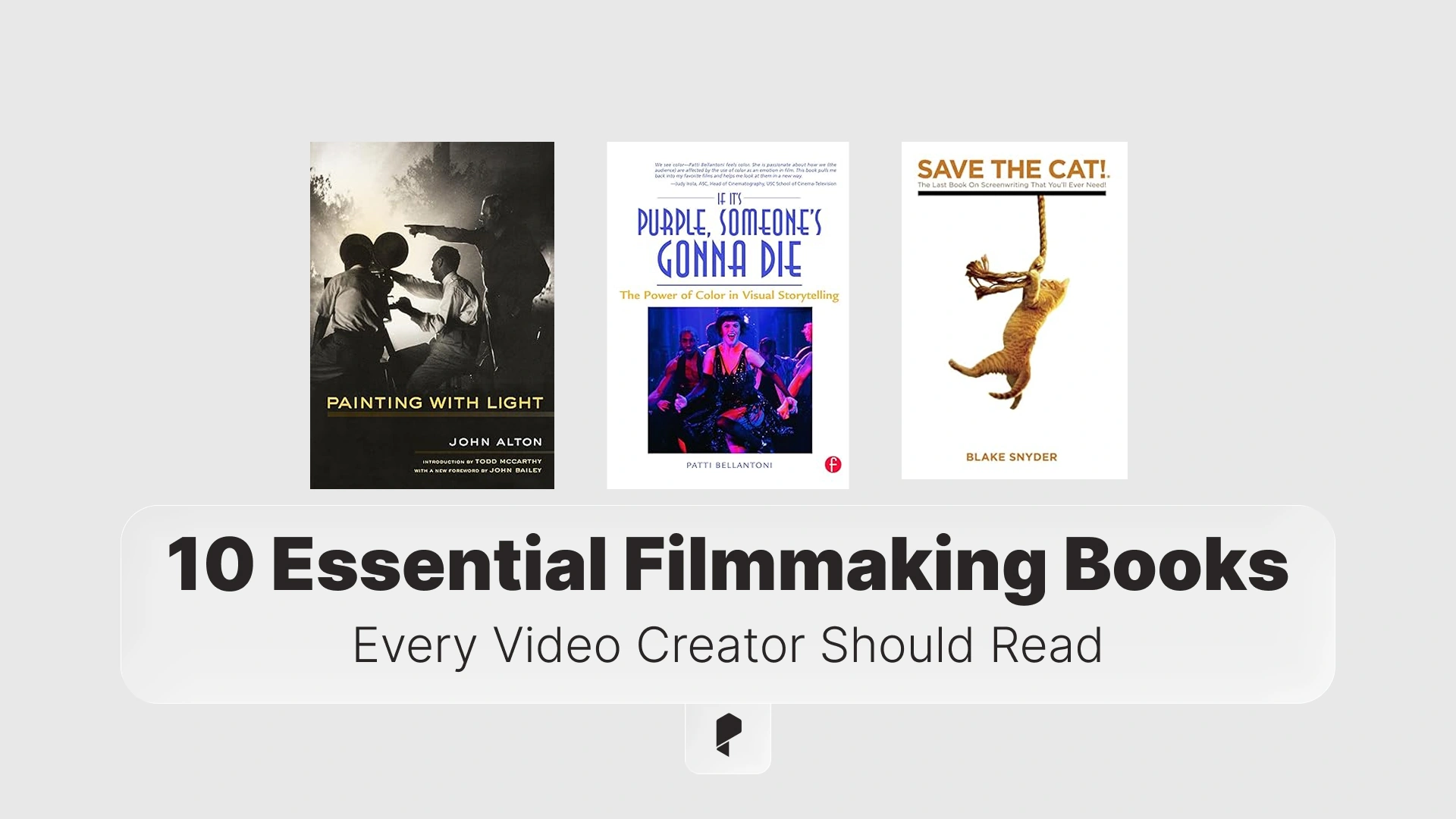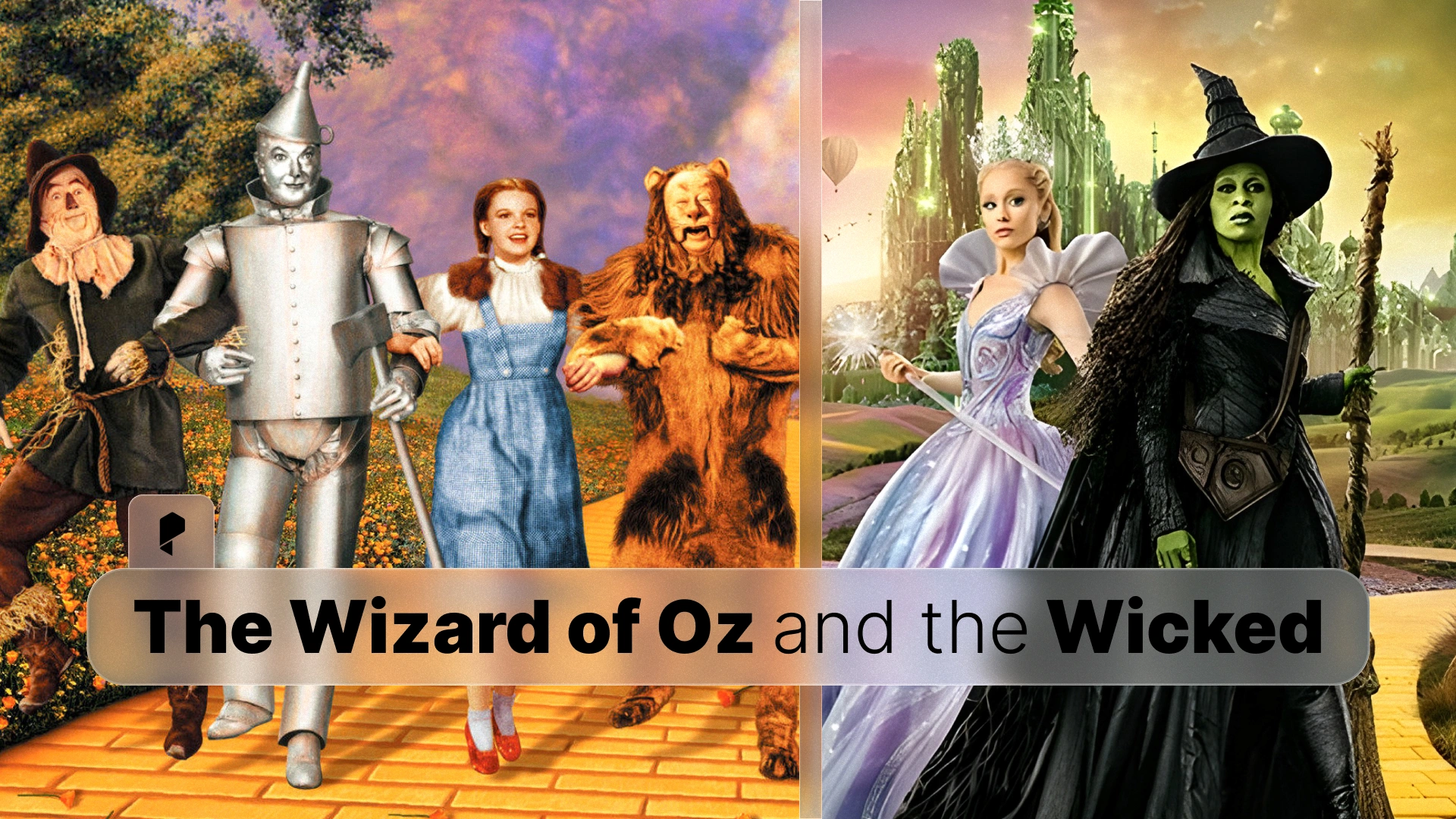How to Create Stunning Establishing Shots – A Filmmaker’s Guide

What is an Establishing Shot?
Establishing Shot Meaning in Filmmaking
In filmmaking, an establishing shot is the first shot of a new scene, often capturing landscapes, buildings, or cityscapes. It helps set expectations for the upcoming sequence by providing spatial awareness. For example, a sweeping aerial view of New York City instantly tells viewers that the scene is set in an urban environment.
Importance of Establishing Shots in Visual Storytelling
The importance of establishing shots goes beyond just location setting. They contribute to mood, pacing, and thematic storytelling. A dimly lit alley in the rain may signal suspense, while a sunlit beach can evoke a sense of relaxation. Directors strategically use these shots to create engagement and provide a seamless transition between scenes.
Difference Between an Establishing Shot and a Wide Shot
Though both are often confused, an establishing shot is distinct from a wide shot. A wide shot may focus on a subject from a distance but doesn’t necessarily introduce a new setting. Establishing shots, on the other hand, are primarily about orientation and spatial context. Learn more about different shot types here.
How to Use an Establishing Shot to Enhance Storytelling
How to Create an Establishing Shot That Sets the Scene
To craft an effective establishing shot, consider the following elements:
- Location: Ensure the setting aligns with the story’s theme.
- Camera Angle: Aerial, high-angle, or low-angle shots can create different emotional impacts.
- Lighting & Color: These elements play a crucial role in setting the mood.
Using an Establishing Shot for Better Scene Transitions
Seamless transitions are vital for maintaining continuity in a film. A well-placed establishing shot can:
- Prevent jarring scene changes.
- Guide the audience through a time jump or location change.
- Provide breathing room between intense sequences.
How to Use an Establishing Shot to Set the Mood and Tone
- A dark, foggy skyline creates mystery.
- A golden-hour rural landscape evokes nostalgia.
- A chaotic street view hints at urban tension.
Directors can manipulate camera movement, framing, and composition to further reinforce tone and emotions.
Establishing Shot Cinematography
Step-by-Step Guide to Framing an Establishing Shot
- Choose the Best Perspective – Decide whether a static or moving shot works best.
- Use Leading Lines – Guide the viewer’s eye towards focal points.
- Balance Foreground and Background – Create depth by incorporating layered elements.
- Consider Aspect Ratio & Framing – Letterboxing can add cinematic depth. Explore professional letterbox film frames.
How to Use Lighting and Color in an Establishing Shot
- High contrast lighting can create drama and tension.
- Warm vs. cool tones can evoke specific emotions.
- Natural vs. artificial lighting impacts realism and mood.
Cinematic Techniques for Creating Powerful Establishing Shots
- Aerial Drone Shots – Perfect for grand, expansive views.
- Slow Dolly Movements – Adds fluidity and elegance.
- Timelapse or Hyperlapse – Shows passage of time dynamically.
- Lens Filters for Cinematic Effects – Enhance visuals with effects. Check out Optic FX filters.
By mastering these techniques, filmmakers can elevate their storytelling and create memorable, immersive establishing shots that captivate audiences.
Best Establishing Shot Examples in Hollywood Movies
Examples of Establishing Shots in Modern Cinematography
- Blade Runner 2049 – The opening shot of the desolate wasteland immediately sets the tone.
- The Grand Budapest Hotel – Wes Anderson’s use of symmetry and pastel hues draws viewers into his whimsical world.
- The Dark Knight – Gotham’s aerial views build tension and a sense of scale.
Top Famous Establishing Shots in Cinema History
- Lawrence of Arabia – The vast desert landscape captures isolation and adventure.
- Jaws – The calm ocean before the chaos sets the scene for suspense.
- The Lord of the Rings – Expansive shots of Middle-earth immerse audiences in its fantasy realm.
Best Establishing Shot Examples from Different Genres
- Horror: The Shining – The long drive to the Overlook Hotel builds an unsettling atmosphere.
- Sci-Fi: Interstellar – Earth’s barren farmland contrasts with the vastness of space.
- Drama: Gone with the Wind – The wide shot of Tara plantation establishes grandeur and nostalgia.
Establishing Shot vs. Master Shot – Key Differences and When to Use Each
What is the Purpose of an Establishing Shot in Filmmaking?
An establishing shot introduces a scene, giving the audience a clear understanding of location and setting. In contrast, a master shot captures the entire action of a scene from start to finish, often used for coverage and continuity.
Difference Between an Establishing Shot and a Master Shot
- Establishing Shot: Focuses on setting and environment.
- Master Shot: Covers character movement and interactions within the scene.
When to Use an Establishing Shot vs. a Master Shot for Scene Transitions
- Use an establishing shot at the beginning of a scene to set the stage.
- Use a master shot when you need a comprehensive view of the scene’s action.
- Combine both for smoother storytelling and better audience engagement.
By understanding these differences, filmmakers can make strategic choices that enhance clarity, pacing, and emotional impact.
Conclusion
Ready to enhance your filmmaking toolkit? Visit Pixflow for top-notch resources and tools to take your visuals to the next level.
Disclaimer : If you buy something through our links, we may earn an affiliate commission or have a sponsored relationship with the brand, at no cost to you. We recommend only products we genuinely like. Thank you so much.





